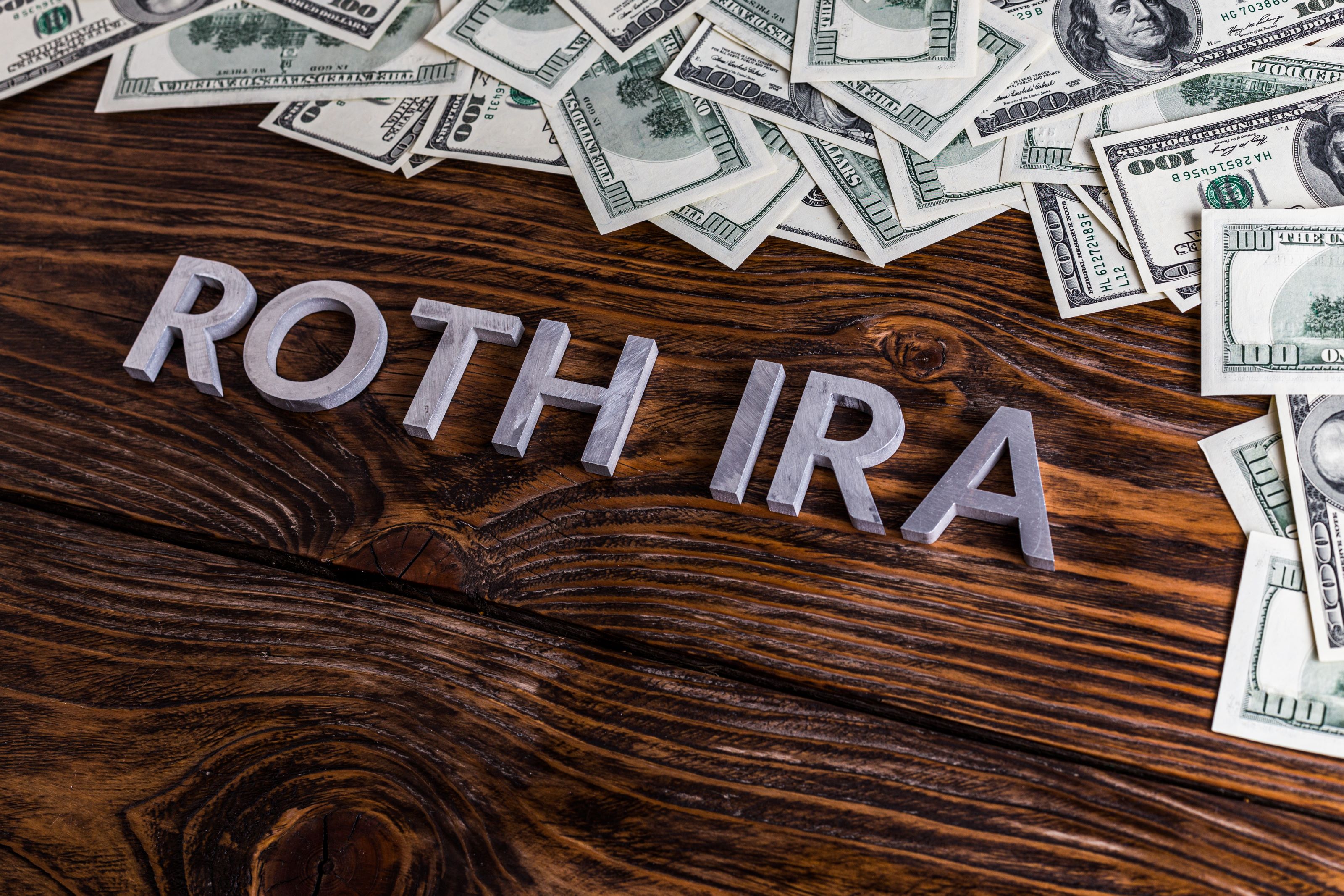How We Rank the Top Private College Values
To come up with our best values for 2012-13, we started with the data on nearly 600 private institutions provided by Peterson's, then added our own reporting.
To come up with our best values for 2012-13, we started with the data on nearly 600 private institutions provided by Peterson's, then added our own reporting. Our list ranks the top 100 universities and top 100 liberal arts colleges in separate tables. The rankings measure academic quality and affordability; quality accounts for 56.25%, and cost factors account for 43.75%. Here's how the numbers break down.
SEE OUR SLIDE SHOW: 10 Best Values in Private Universities 2012-13
Cost and Financial Aid: 31.25%
We give the most points to schools with the lowest total cost (tuition, fees, room and board, and books), and equal points to schools that reduce the price through need-based aid (grants but not loans) and those that knock down the price through non-need-based aid. Some schools fail to cover the gap between expected family contribution and the aid they provide. We reward schools with the highest percentage of need met, and we give points up to the same maximum to schools based on the percentage of students without need who receive non-need-based aid.
Student Indebtedness: 12.5%
As college costs rise, so does average debt at graduation—to the tune of almost $27,000, according to a recent study by the Pew Research Center. Schools that work to keep down debt deserve extra points, and we reward them accordingly. We also recognize schools that help students avoid borrowing altogether by factoring in the percentage of students who borrow. The lower the number, the better the score.
From just $107.88 $24.99 for Kiplinger Personal Finance
Become a smarter, better informed investor. Subscribe from just $107.88 $24.99, plus get up to 4 Special Issues

Sign up for Kiplinger’s Free Newsletters
Profit and prosper with the best of expert advice on investing, taxes, retirement, personal finance and more - straight to your e-mail.
Profit and prosper with the best of expert advice - straight to your e-mail.
Competitiveness: 25%
In this category, we include admission rate (the percentage of applicants offered admission) and yield (the percentage of students who enroll out of those admitted). The first number demonstrates the selectivity of the school, and the second shows its ability to compete with other schools for accepted applicants; both demonstrate a school's academic chops. We also consider test scores (SAT or ACT) of incoming freshmen, because high achievers create an intellectual synergy that enhances the academic atmosphere.
Graduation Rates: 18.75%
Our rankings give maximum weight to the four-year graduation rate to reward colleges that help students get undergraduate degrees on time and within budget. Because some students are late bloomers, we also give points—albeit half as many—to colleges with a strong showing of students who collect their degree in five years. Most schools reported graduation rates for the class that entered in 2005.
Academic Support: 12.5%
Freshman retention rate shows the percentage of students who return for their sophomore year, an indication of how successful the college is in keeping them engaged and on track. Students per faculty—the average number of students per faculty member—measures whether the college has the personnel to fulfill its academic mission.
Marc A. Wojno, Kaitlin Pitsker and Jonny Jaldin helped compile this data.
This article first appeared in Kiplinger's Personal Finance magazine. For more help with your personal finances and investments, please subscribe to the magazine. It might be the best investment you ever make.
Profit and prosper with the best of Kiplinger's advice on investing, taxes, retirement, personal finance and much more. Delivered daily. Enter your email in the box and click Sign Me Up.
-
 Forget FIRE: Why ‘FILE’ Is the Smarter Move for Child-Free DINKs
Forget FIRE: Why ‘FILE’ Is the Smarter Move for Child-Free DINKsHow shifting from "Retiring Early" to "Living Early" allows child-free adults to enjoy their wealth while they’re still young enough to use it.
-
 7 Tax Blunders to Avoid in Your First Year of Retirement
7 Tax Blunders to Avoid in Your First Year of RetirementA business-as-usual approach to taxes in the first year of retirement can lead to silly trip-ups that erode your nest egg. Here are seven common goofs to avoid.
-
 How to Plan for Social Security in 2026's Changing Landscape
How to Plan for Social Security in 2026's Changing LandscapeNot understanding how the upcoming changes in 2026 might affect you could put your financial security in retirement at risk. This is what you need to know.
-
 9 Types of Insurance You Probably Don't Need
9 Types of Insurance You Probably Don't NeedFinancial Planning If you're paying for these types of insurance, you may be wasting your money. Here's what you need to know.
-
 Amazon Resale: Where Amazon Prime Returns Become Your Online Bargains
Amazon Resale: Where Amazon Prime Returns Become Your Online BargainsFeature Amazon Resale products may have some imperfections, but that often leads to wildly discounted prices.
-
 Roth IRA Contribution Limits for 2026
Roth IRA Contribution Limits for 2026Roth IRAs Roth IRAs allow you to save for retirement with after-tax dollars while you're working, and then withdraw those contributions and earnings tax-free when you retire. Here's a look at 2026 limits and income-based phaseouts.
-
 Four Tips for Renting Out Your Home on Airbnb
Four Tips for Renting Out Your Home on Airbnbreal estate Here's what you should know before listing your home on Airbnb.
-
 Five Ways to a Cheap Last-Minute Vacation
Five Ways to a Cheap Last-Minute VacationTravel It is possible to pull off a cheap last-minute vacation. Here are some tips to make it happen.
-
 How Much Life Insurance Do You Need?
How Much Life Insurance Do You Need?insurance When assessing how much life insurance you need, take a systematic approach instead of relying on rules of thumb.
-
 When Does Amazon Prime Day End in October? Everything We Know, Plus the Best Deals on Samsonite, Samsung and More
When Does Amazon Prime Day End in October? Everything We Know, Plus the Best Deals on Samsonite, Samsung and MoreAmazon Prime The Amazon Prime Big Deal Days sale ends soon. Here are the key details you need to know, plus some of our favorite deals members can shop before it's over.
-
 How to Shop for Life Insurance in 3 Easy Steps
How to Shop for Life Insurance in 3 Easy Stepsinsurance Shopping for life insurance? You may be able to estimate how much you need online, but that's just the start of your search.